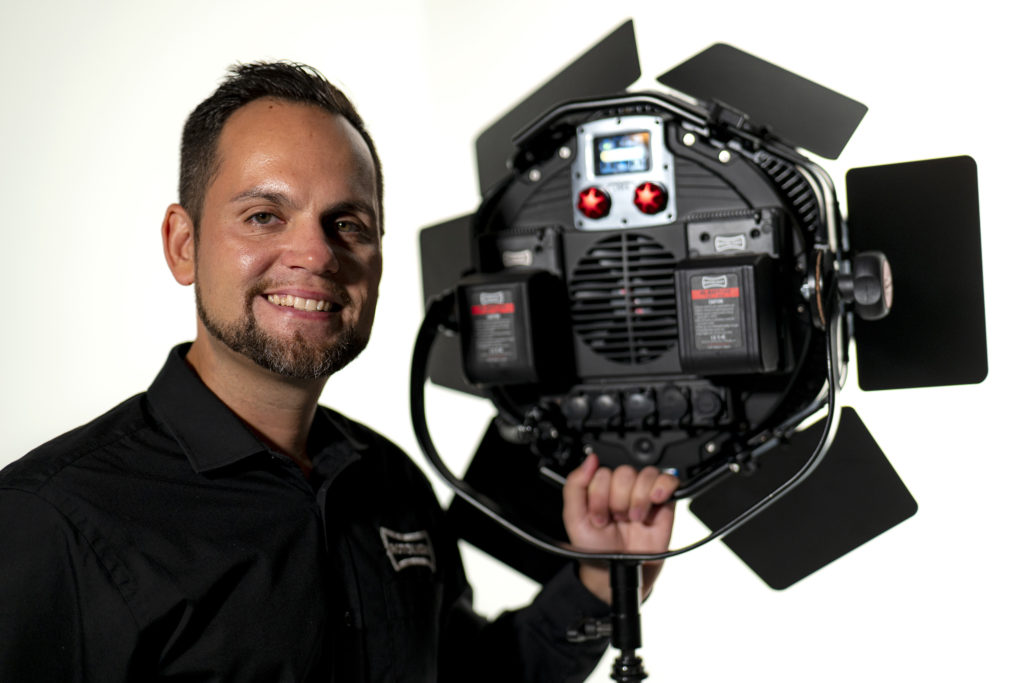
Lighting manufacturer Rotolight has introduced a new circular LED panel that has IP65 weatherproofing, an output of 22,000 lux at 3ft and which has a menu of 2500 colour filter effects that can be dialled in using two knobs and a colour touch-screen control panel. The Rotolight Anova Pro 3 is being launched on the Kickstarter platform and will cost from $2287.
As the name suggests, this is the third incarnation of the Anova light 1×1 light panel, but this time the light uses RGBWW LEDs and has a dramatic increase in power output. In short, Rotolight has given its larger Anova series the same treatment it gave to the mid-sized AEOS range last year, with coloured LEDs and a completely new operating system that makes using the lights much easier – and then added weather-proofing.
Weather and dust proof
Rod Gammons, Rotolight’s CEO, told ProVideo Coalition that despite all the other new technology in the light, the aspect he is most proud of is the IP65 rating. He said the Anova Pro 3 is the only V-Mount battery-powered 1×1 panel with such a rating, which gives the light a unique position in the market. He was keen to point out that the IP65 rating means the light can be used not only in the wet and the snow but also in the kind of dusty and sandy conditions that would damage other light units. Sealing the light in this way allows Rotolight to advertise that the Anova Pro 3 can continue operating in heavy rain and under pressurised water flow, such as in a waterfall, without the need for a cover.
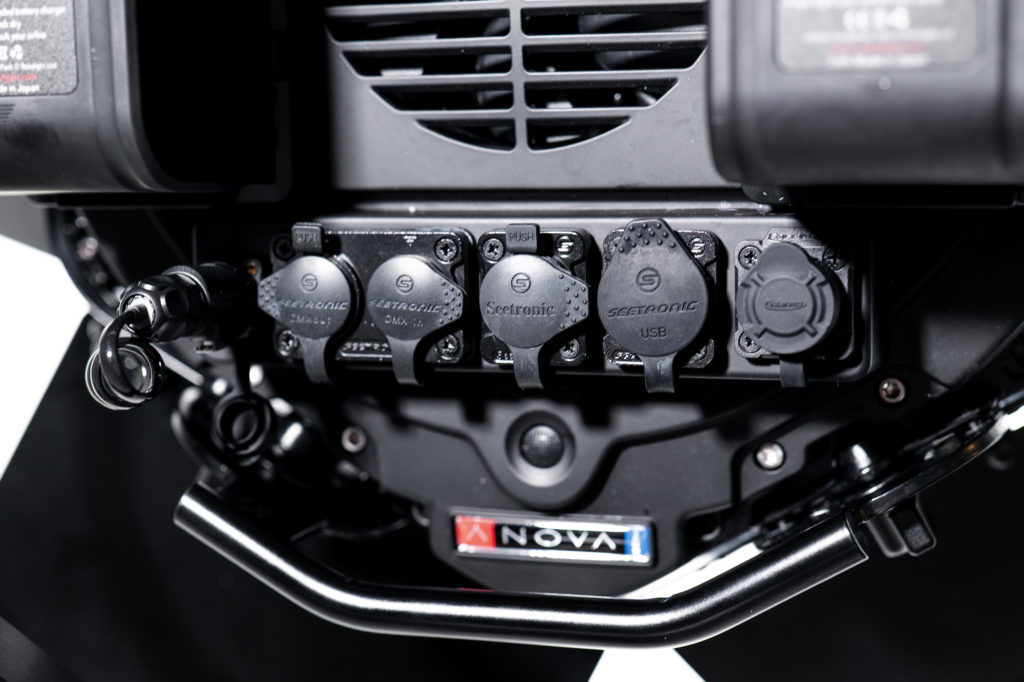
The series of ports on the lower part of the rear panel all feature rubber covers to protect them in extreme conditions, and the battery plates have rubber seals to prevent ingress of water and dirt between the battery and the body. Gammons explained that the electronics are contained in a sealed metal body within the light’s casing, so water can’t get in even through the fan opening or the vents on the side of the light. Gammons also said that the metal casing acts as a giant heat sink to keep the light cool during periods of extended use, and that while the light does have a silent fan built-in it won’t be needed very often.
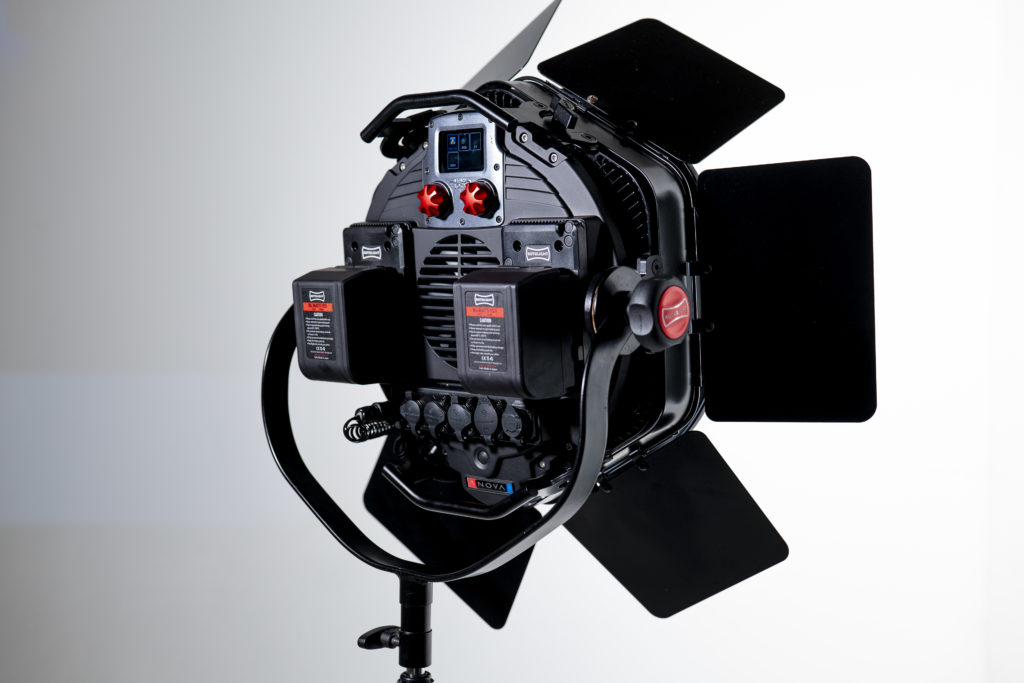
Although the output of the light has doubled since the Anova Pro 2, the Anova Pro 3 still consumes the same 200W. ‘Much of the increase in brightness has been achieved by redesigning the angle of view of the lenses covering the LEDs’ Gammons says. ‘The angle is quoted as 40 degrees, but it is actually 38 degrees, and with this new narrower angle we can get a peak brightness of 22,000 lux at 3 feet. Finding the right angle of these lenses has involved a balance of getting the extra power but without creating such narrow beams that users will see multiple shadows in their images and coloured fringes around the edges of the lit area. We’ve added more LEDs too, so now there are more emitters and they are a bit closer together.’
Adding a second battery plate now also means the light can run for longer when you are away from a mains power source, and that you won’t have to switch the light off to change the battery. The light can also be powered via an AC adapter.
Magic Eye colour meter
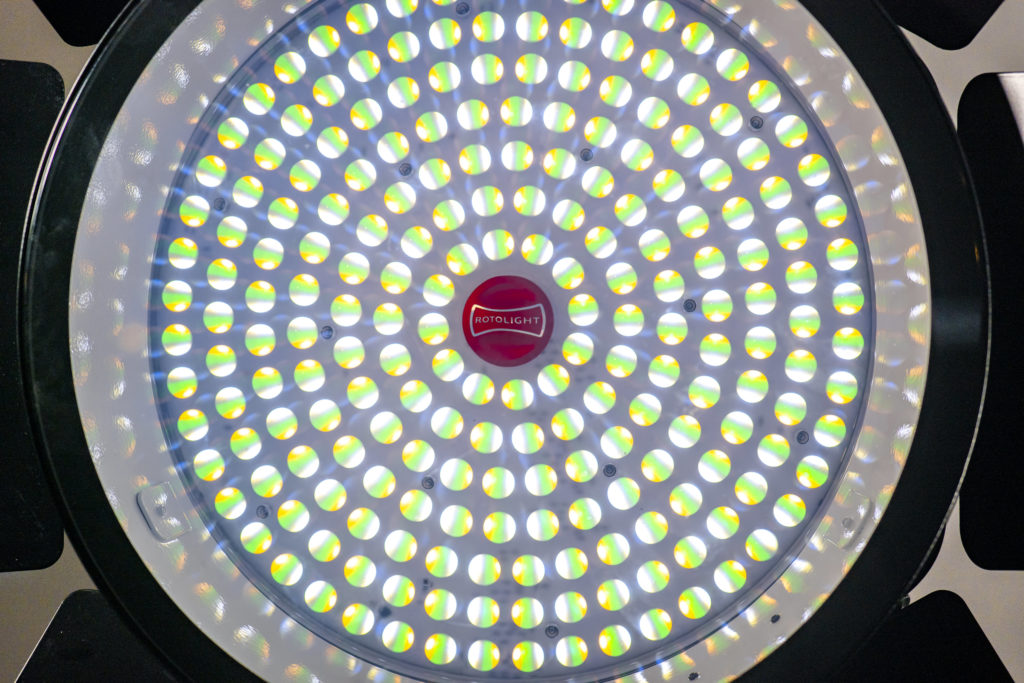
A new feature of the Anova Pro 3 is what Rotolight call Magic Eye. It’s effectively a built-in colour meter that can sample the ambient light and match its own output to that of the scene. The idea is that if you need the light on your subject to match a street light, for example, you can do it without a meter and without having to guess what RGB values to dial in. The unit just reads the existing light and displays the Hue/Saturation values on screen for the user to approve.
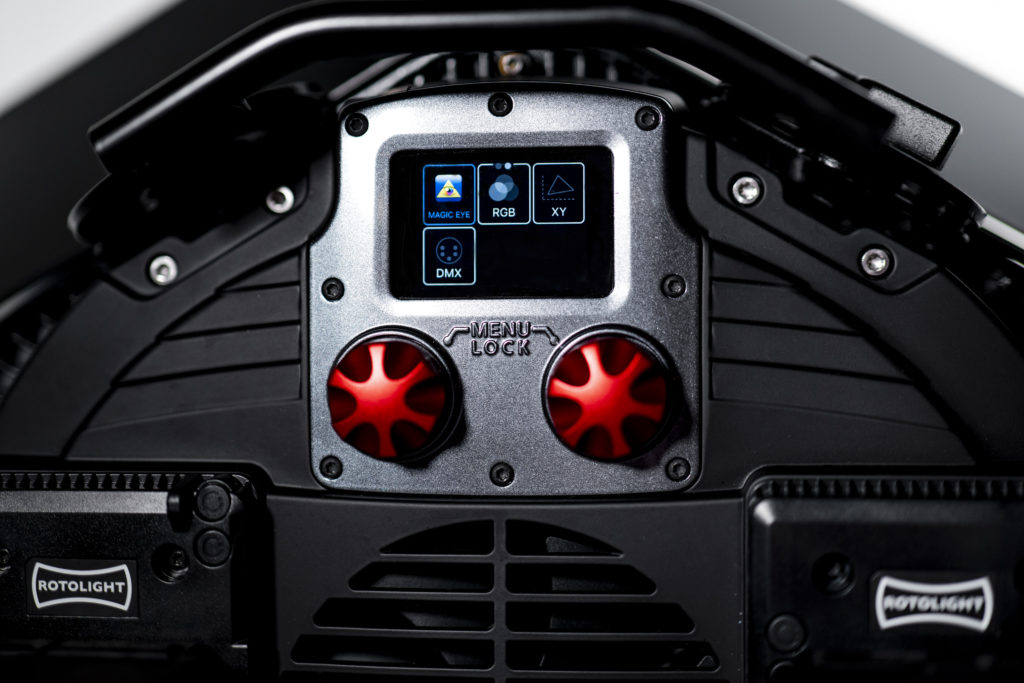
The Magic Eye is activated via a new section of the on-screen menu, and can be controlled remotely via the Rotolight app. There was some chat that suggested the Magic Eye can sample the colour of things in the scene too, and match those with its HS mix, but I’m not sure exactly how that works. Gammons says the Magic Eye can be used with a Grey Card for accuracy, but that he hadn’t needed to so far as the light is able to get a good match without one.
Connections
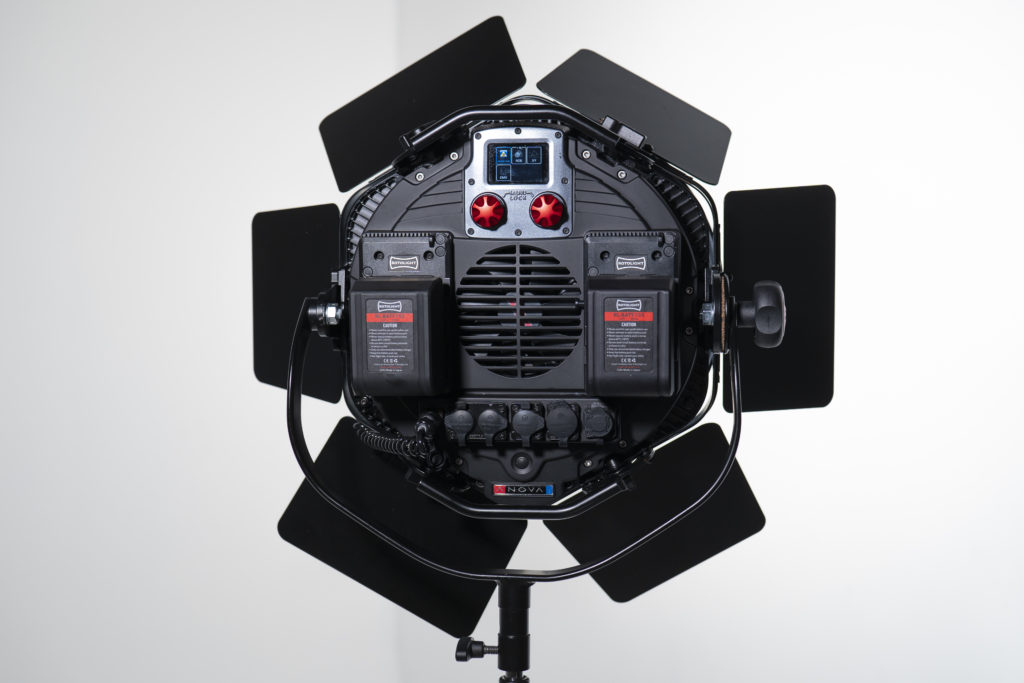
As well as control via the Rotolight App the Anova Pro 3 offers users a range of remote control options. The light has LumenRadio’s CRMX wireless DMX built-in, Art-Net networked DMX, RDM support as well as a regular 5-pin XLR port. Bluetooth and Wi-Fi are used to connect with the app.
As with many Rotolight lights, this Anova Pro 3 acts not only as a continuous light source but as a flash for stills photography as well. The light can flash with all its RGBWW combinations as well as in the pre-set filter packs. Rotolight has built in compatibility for the shared Godox, Profoto, Elinchrom, Neewer and Pixapro trigger protocols, the light can flash at full power and there is no recharge time between bursts.
The light is also compatible with the same sort of SmartSoft electronic diffusion dome that the company introduced with the AEOS 2 last year.
This is the SmartSoft diffuser for the Rotolight AEOS 2, but the unit for the Anova Pro 3 works in exactly the same way
The dome fits over the LED area and plugs in to the rear of the light. From the touch screen users can dial in diffusion as the dome transforms from clear to opaque to deliver up to 1 and a half stops of diffusion, and via the rabbit-ears fittings on the casing a range of softboxes and modifiers can be attached.
2500 filter effects
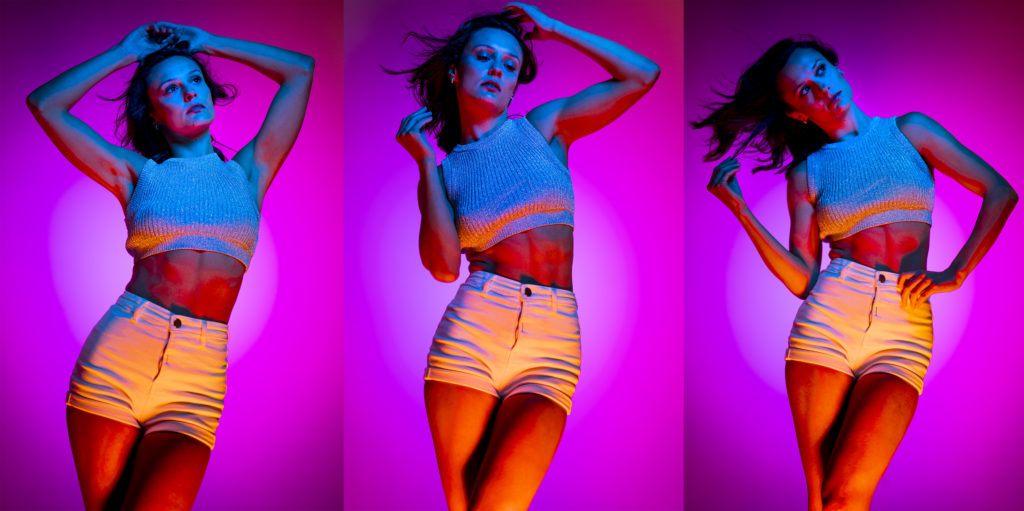
The light has user-controlled colour via the HSI sliders on the rear display that allow a range of over 16 million combinations of Hue and Saturation, as with most RGB lights. Rotolight has also packed in 2500 pre-set filter effects that correspond with specific gels from Lee and Rosco – each offered in daylight or tungsten formulations. There is also a series of favourite pre-sets from well-known photographers and cinematographers, so users can more easily pick colours that go together and which emulate their style. The head has a new wider kelvin range too, according to Gammon, allowing users to dial in values from 1700 to 20,000K.
Additionally the light has a series of pre-set and customisable flicker effects in the CineSFX menu that offer fire, lightening, police light, gunshot etc effects. Many of the effects though are customisable, so users can adapt the way the fire effect looks, for example, and save that style to use again later.
The lights are being launched on the Kickstarter platform, as Rotolight has done in the past with the NEO 3 and the AEOS 2 lights. Gammon says the company isn’t using the Kickstarter campaign to fund the production of the lights but as a marketing tool to reach as many people as possible. The lights are already being made, and shipping is due to begin in March 2024.
For more information see the Rotolight website and the Anova Pro 3 Kickstarter campaign page.

Filmtools
Filmmakers go-to destination for pre-production, production & post production equipment!
Shop Now








